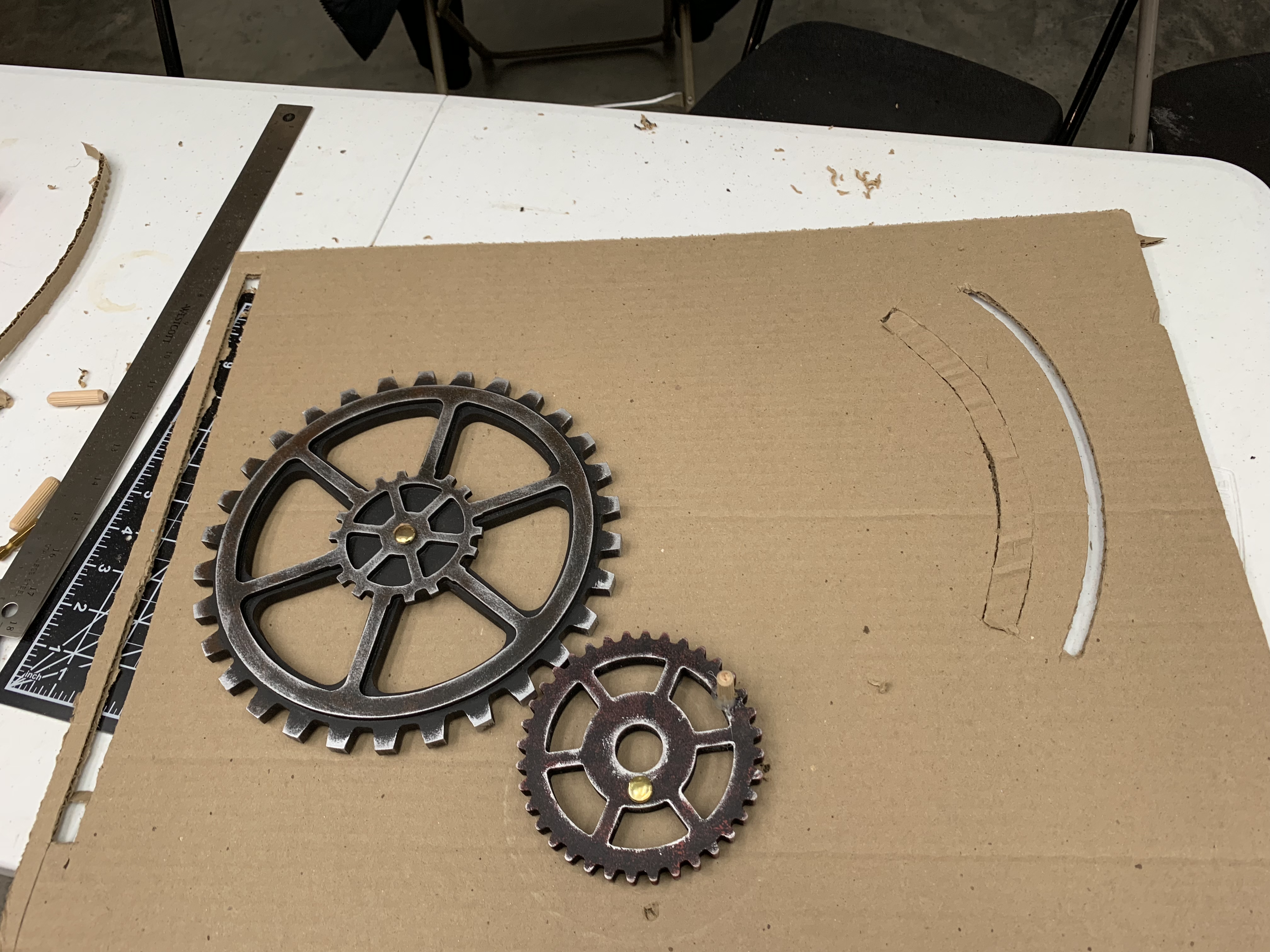
At first, I wanted to use a magnet to do some “magic” effects. Then I just played a pinball game some time ago. I think the ball’s action path can match my “magic”. For example, I can let the magnet ball move on the upper layer, then put a small iron ball on the next layer of the magnet pin, and then you can draw a random line. So I drew the sketch above.
However, because the magnet ball I bought online was too big and too heavy, a series of auxiliary props made of wood board could not make the magnet ball bounce very well, so I changed a ball without magnetic force and planned to change the scheme.
Occasionally, one day I was flipping through my photo album, saw the photos of my climbing, and just remembered that when I was young, I played a computer game called 3D Pinball. Although I know that most of the game is programmed and there are a lot of bounces that don’t conform to the physical principles, I still want to imitate it as much as possible. So I used some small squares in the studio as the “obstacle” on the path of the ball, so that the path of the ball can be randomly changed.
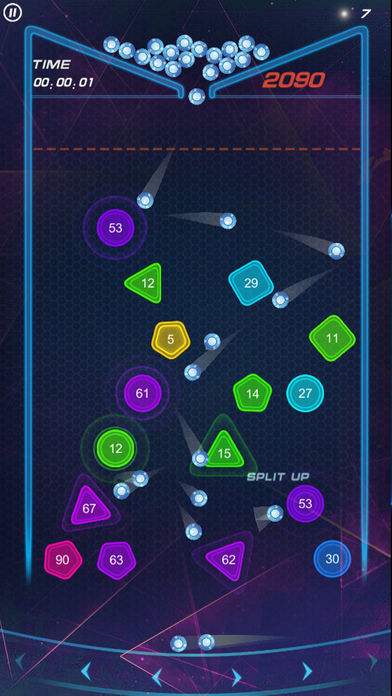
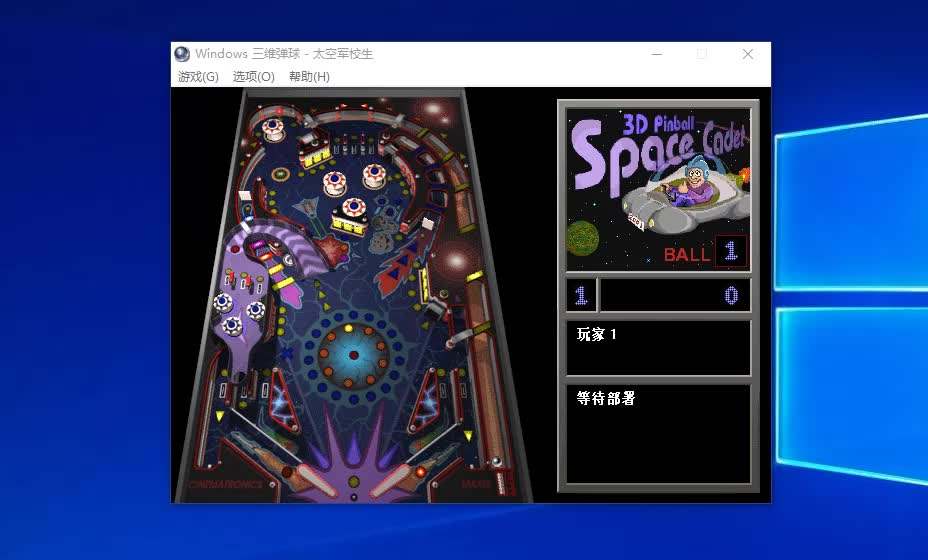

After all that, I started to build the foundation of my machine.
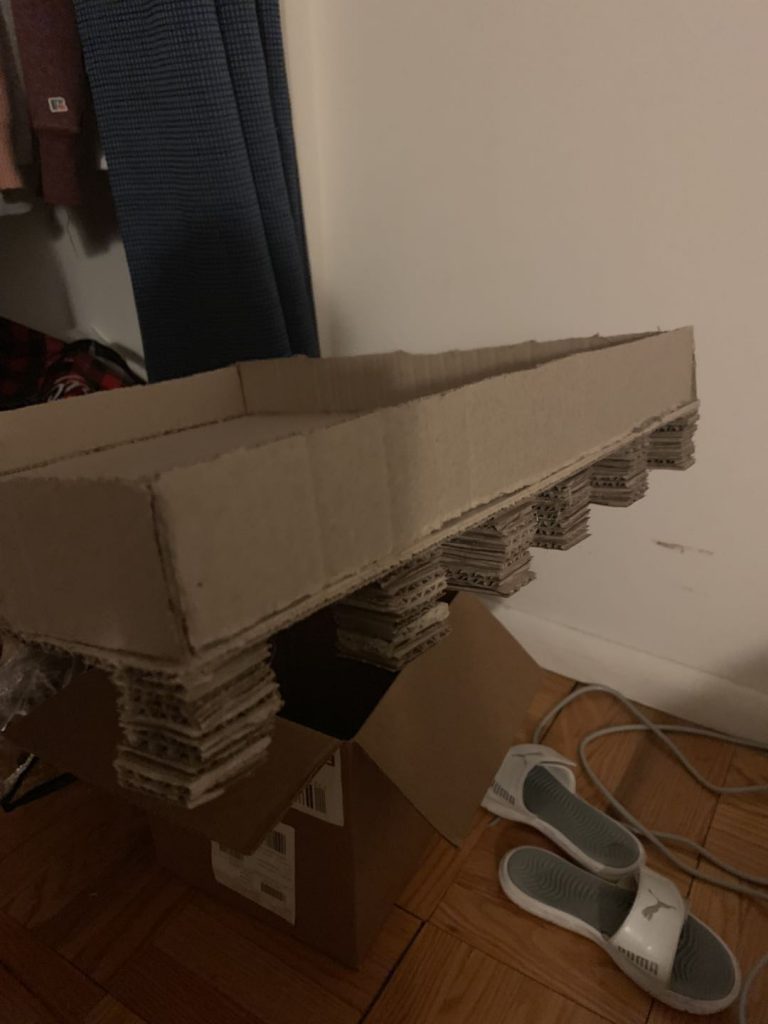
Finally, I made the handle according to the draft I drew before.
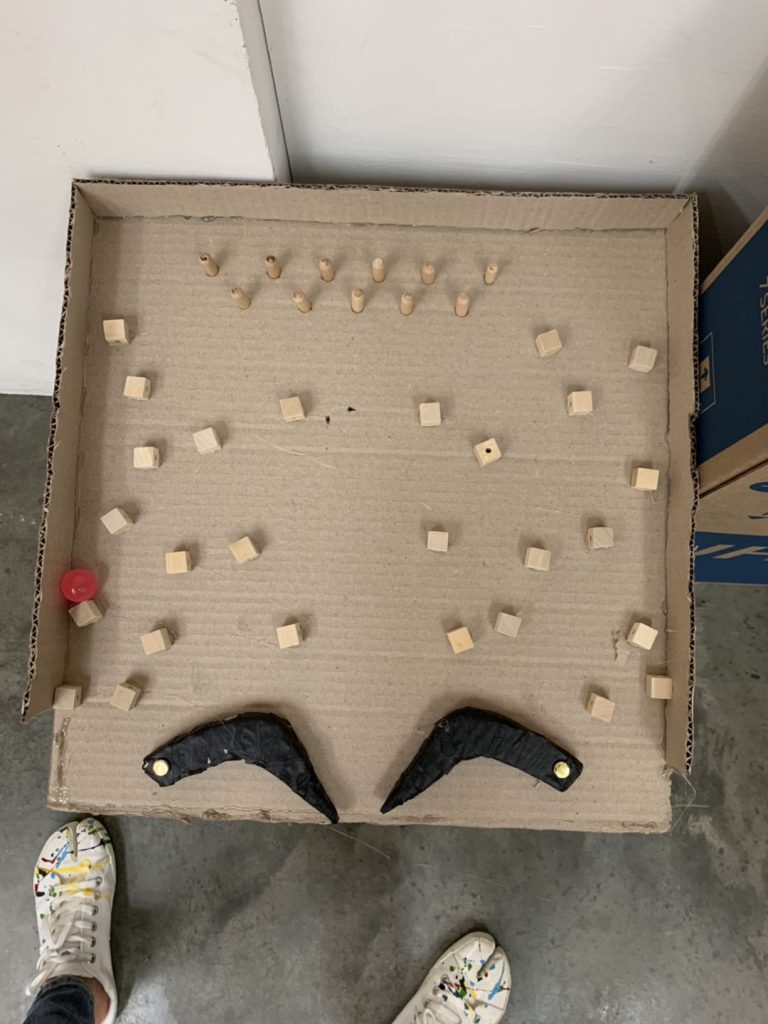
And I also want to use some technology on my machine, for example, use long exposure technology on the iPhone to record the motion of the ball under the iPhone’s lens, and this idea comes from Rokeby who added computer technology in his art exhibition and occupied autonomous viewing system since 1980s.
• motion: use the elasticity of the ball and the block
• degrees of freedom: highly free
• scale: in close space
• repetition: bounce up and down
